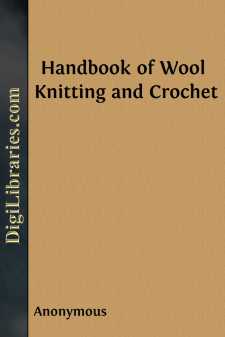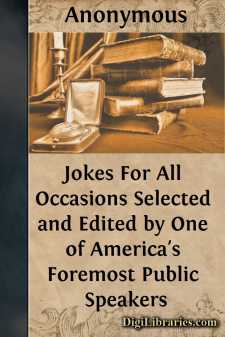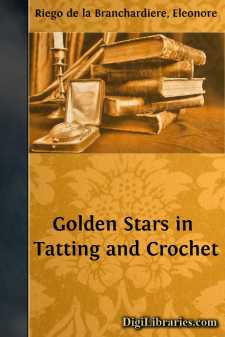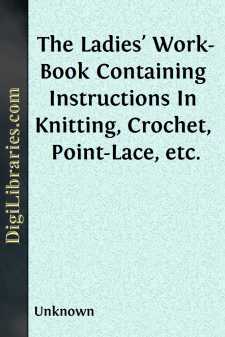Categories
- Antiques & Collectibles 13
- Architecture 36
- Art 48
- Bibles 22
- Biography & Autobiography 813
- Body, Mind & Spirit 142
- Business & Economics 28
- Children's Books 17
- Children's Fiction 14
- Computers 4
- Cooking 94
- Crafts & Hobbies 4
- Drama 346
- Education 46
- Family & Relationships 57
- Fiction 11829
- Games 19
- Gardening 17
- Health & Fitness 34
- History 1377
- House & Home 1
- Humor 147
- Juvenile Fiction 1873
- Juvenile Nonfiction 202
- Language Arts & Disciplines 88
- Law 16
- Literary Collections 686
- Literary Criticism 179
- Mathematics 13
- Medical 41
- Music 40
- Nature 179
- Non-Classifiable 1768
- Performing Arts 7
- Periodicals 1453
- Philosophy 64
- Photography 2
- Poetry 896
- Political Science 203
- Psychology 42
- Reference 154
- Religion 513
- Science 126
- Self-Help 84
- Social Science 81
- Sports & Recreation 34
- Study Aids 3
- Technology & Engineering 59
- Transportation 23
- Travel 463
- True Crime 29
Handbook of Wool Knitting and Crochet
by: Anonymous
Categories:
Description:
Excerpt
Handbook of Wool Knitting and Crochet
A Lesson in Knitting
Figure 1. Casting on with Two NeedlesThe first thing to be done in knitting is to cast on or, as it is sometimes called, to "set up the foundation." (). There are several methods for this, the following being that preferred and generally used by the writer: Leave a spare end of thread, sufficient for the number of stitches you wish to cast on, lying toward the left, the spool or ball from which the working-thread is drawn being at the right. Lay the thread between the little finger and the third of the left hand; bring the working-thread across the palm of the hand, around the thumb and back between the forefinger and second finger; bend the forefinger over this thread (which passes between it and the second finger), pass it under the thread which crosses the palm of the hand, and then draw the forefinger back, or straighten it, which will give you a loop with crossed threads. Put the needle under the lower part of this loop, which draws from the ball, bring the working-thread (or ball-thread) around the point of needle from right to left, as in plain knitting, draw it back through the loop, slip off the latter, and draw up the left thread. Then proceed to make the crossed loop and knit it off in the same way for the next and following stitches. The whole operation is very simple, although the instructions seem long because explicit. Take your needle and yarn or thread and follow them through carefully, and you will very soon master the "crossed casting on."
Another method, preferred by many and practically the same in effect, except that the edge is not quite so firm, is as follows: Loop the thread around the left forefinger, holding the spare end between thumb and second finger, pass the needle upward through the loop, pass the thread around the point, draw back through the loop, slip off the latter and pull up the spare thread. By passing the needle under the loop, or lower thread, instead of through it, bringing it back through, and then knitting off, you will really get the crossed loop, and many find this method easier than the first. The thread used in casting on may be doubled, particularly for beginning a stocking, mitten, or any article where much wear comes.
Casting on may also be done with two needles, and many like this method when there are many stitches. Twist a loop around the needle held in the left hand, bring the end of thread, or spare thread, to the front, crossing the working-thread to hold it in place—or, if preferred, simply tie a slip-knot and put the loop on the left needle; insert the right needle through this loop from left to right, put thread around point of right needle and draw through the loop, bringing the right needle again in front of left. Thus far, the process is quite like that of plain knitting. Keeping the right needle still in the new stitch or loop, transfer the stitch to the left needle by bringing the latter in front and putting the point through the loop from front to back, leaving the right needle in place for the next stitch; the loops are not slipped off, as in knitting plain, but transferred, so that all are kept on the needle....



















